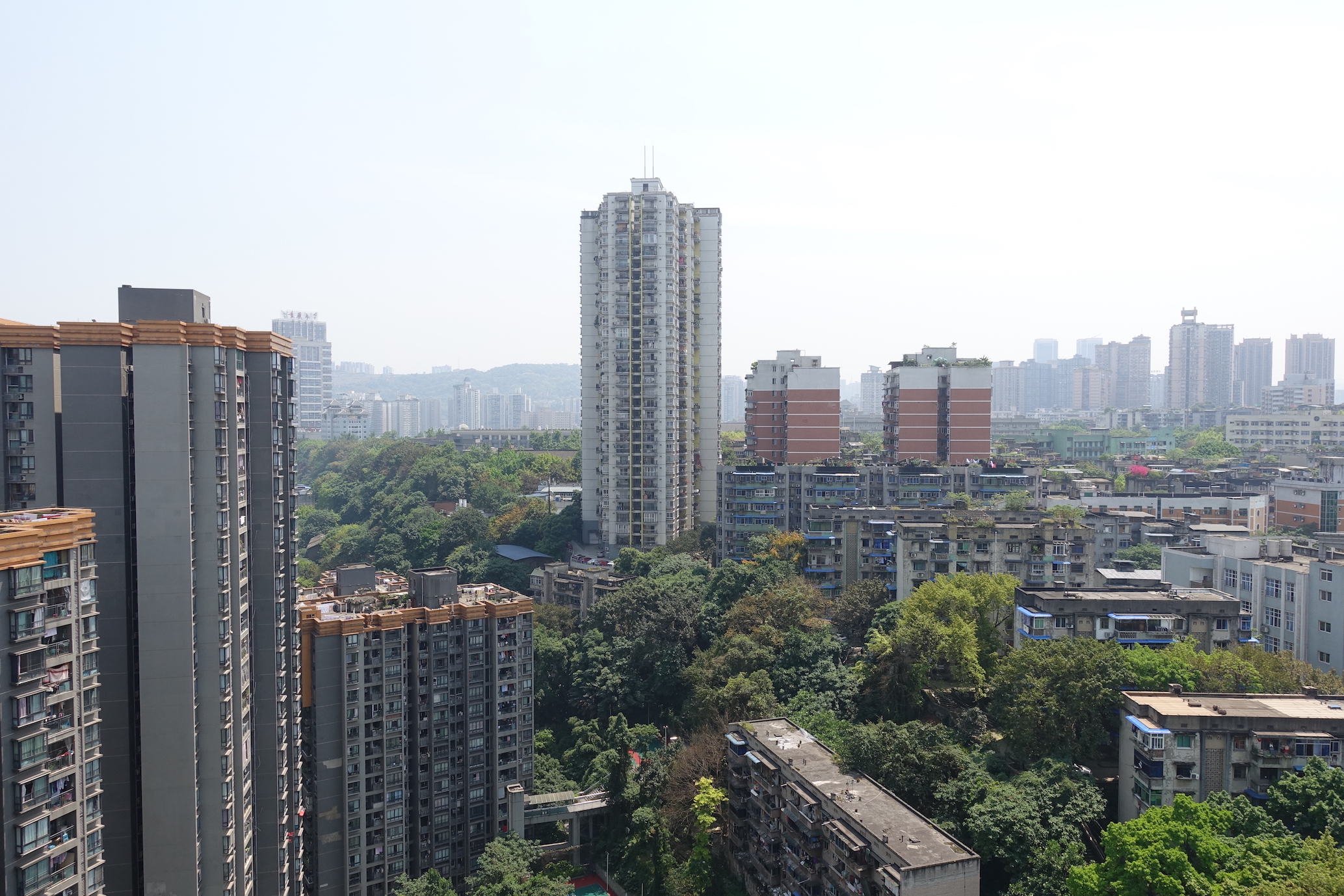Urban Energy Landscape in Practice
Architecture, Infrastructure and the Material Culture of Cooling in Post-Reform Chongqing (PR China)

This paper traces the history of heat mitigation in Chongqing since the 1950s. Based on five months of anthropological fieldwork, semi-structured interviews, and oral history, I analyse how Chongqing residents cope with heat in and around the built environment. Practices of cooling are closely intertwined with the architectural history of the city, for example, building design, construction materials, green spaces, or the arrangement of houses. Staying cool in the socialist era buildings from the 1960s meant something different compared to the high-rise buildings in the early-21st century. Theoretically, the paper engages with urban energy landscapes as ‘connective tissue’ (Vanesa Castan Broto). This focus on human–material, human–technology and human–environment relations in coping with urban heat brings together different scales of energy infrastructure. Here energy is broadly approached, including the human body as thermal agent, but also the built environment and energy infrastructures.
Kobi, Madlen. 2023. “Urban Energy Landscape in Practice. Architecture, Infrastructure and the Material Culture of Cooling in Post-Reform Chongqing (PR China).” Contribution to the Special Issue “Heat in Urban Asia.” Urban Studies 61(15): 2979-2994. https://doi.org/10.1177/00420980231153